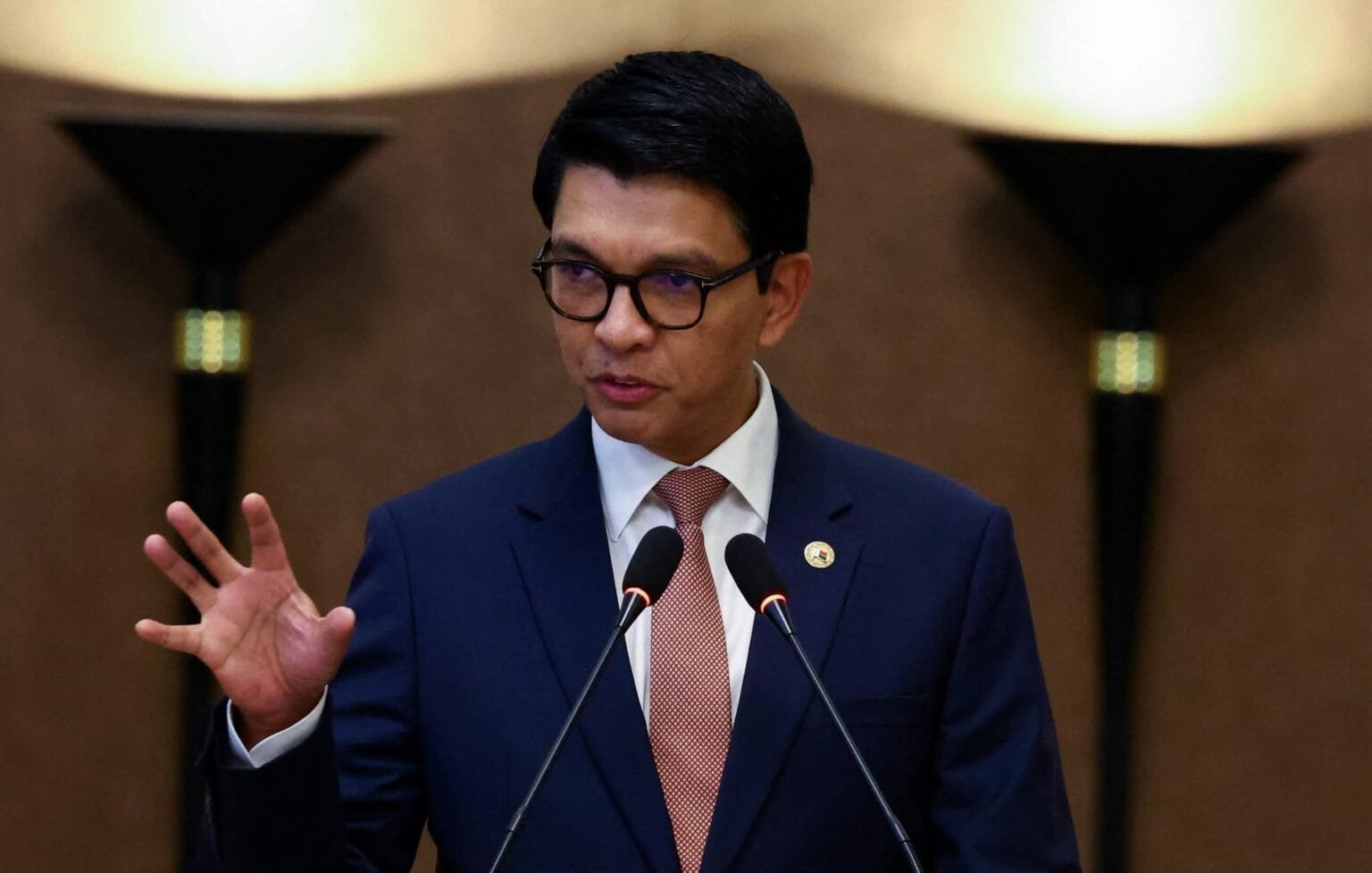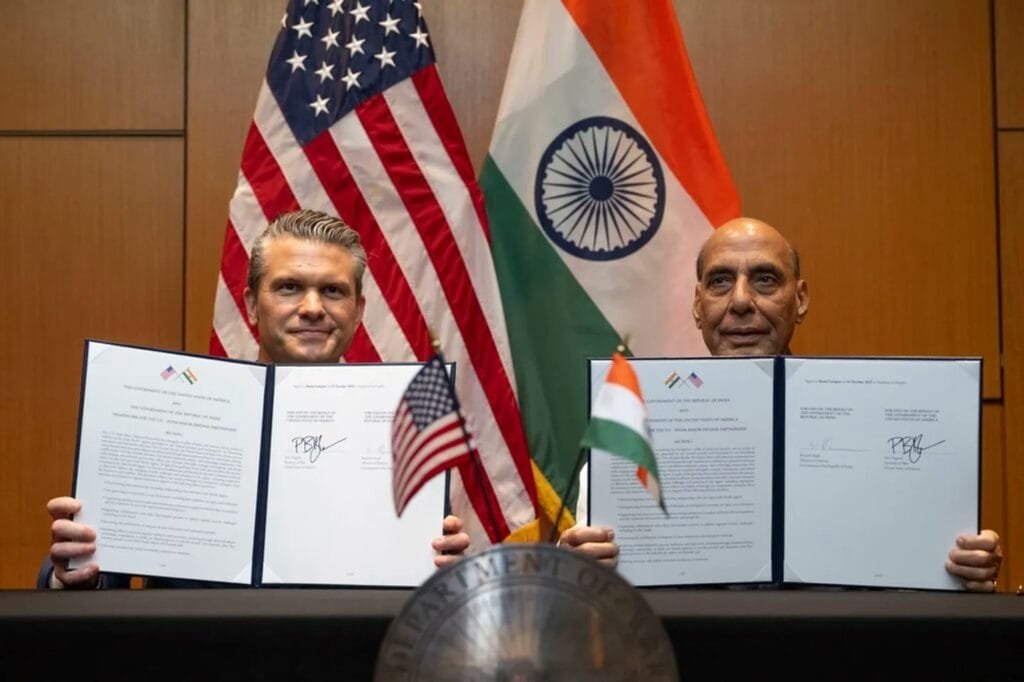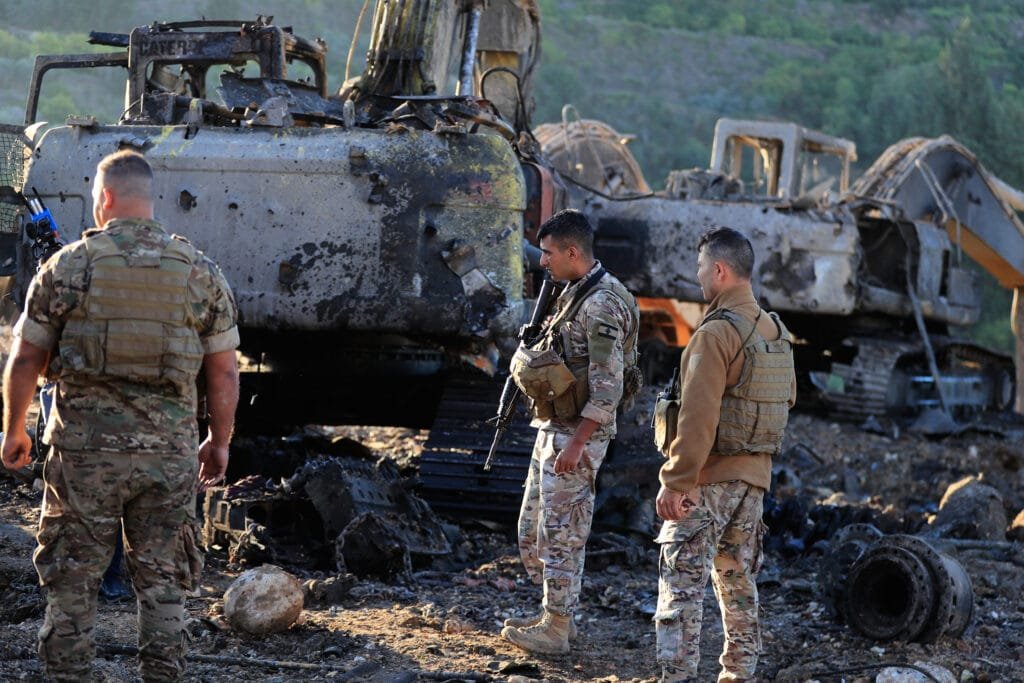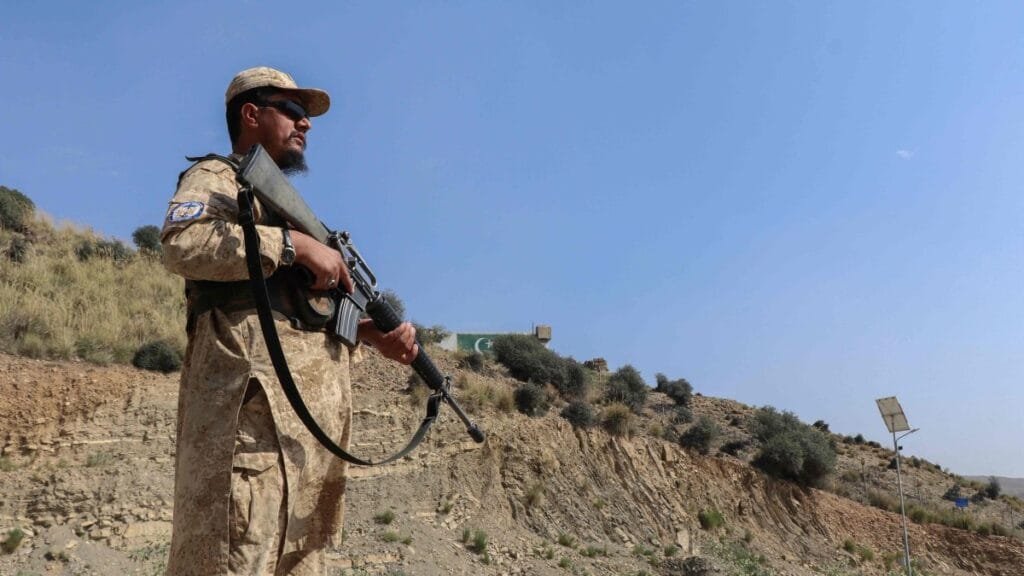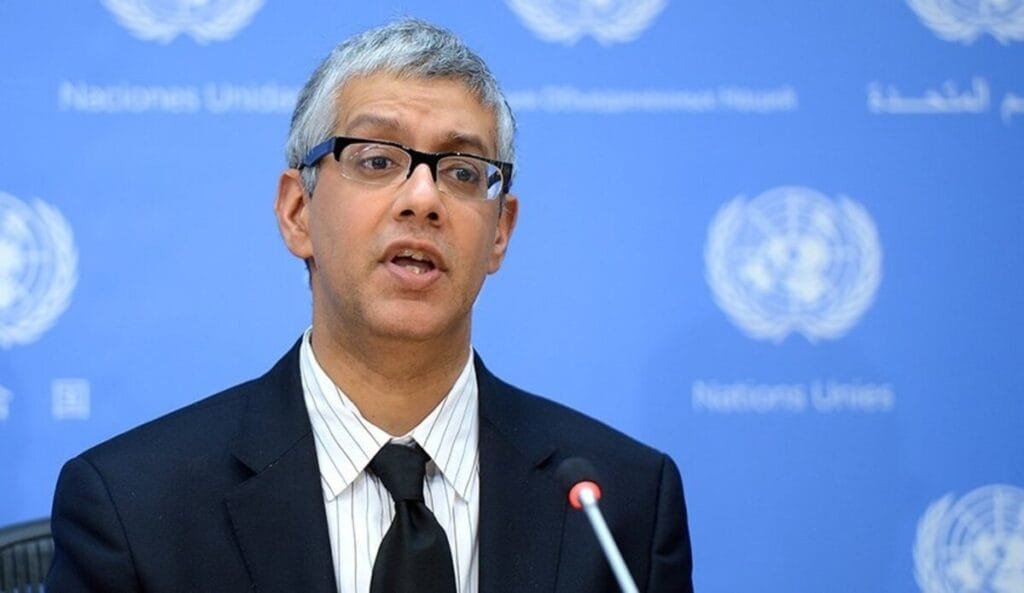ANTANANARIVO — Madagascar’s political crisis spiraled further on October 14, when President Andry Rajoelina dissolved the National Assembly by decree, in a bid to pre-empt impeachment proceedings, deepen a standoff with protesters, and assert control as opposition surged.
The decree, published via social media (Facebook/X), states that Rajoelina claimed to have consulted leaders of both the National Assembly and Senate. But opposition figures have strongly challenged the legality of the dissolution, arguing that required consultations—including with the president of the Assembly—did not occur.
Rajoelina, speaking from an undisclosed location, refused to resign despite mounting pressure from weeks of demonstrations led by Gen Z youth over persistent water and power shortages, alleged corruption, soaring cost of living, and poor governance. His address came after massive military defections and defections by key security units.
Reports indicate that the elite military unit CAPSAT has joined the ranks of protesters, rejecting orders to suppress them, unusual defections which have turned what began as public protest into a crisis involving security forces. Observers say that these defections, along with the president’s flight into hiding citing threats to his life, mark a striking erosion of his authority.
Protesters and opposition leaders view the dissolution as an attempt by Rajoelina to block a no-confidence or impeachment vote that was being organized in parliament. His decree stipulates that new elections must be held within 60 days at the earliest, in order “to restore order” and heed the demands of the youth, whom he framed as being ignored.
The move has provoked anger among demonstrators, who see the dissolution of the legislature not as a democratic correction but rather as a power grab. Many are wary that this action could spiral into deeper constitutional breakdown and invite further involvement by the military.

